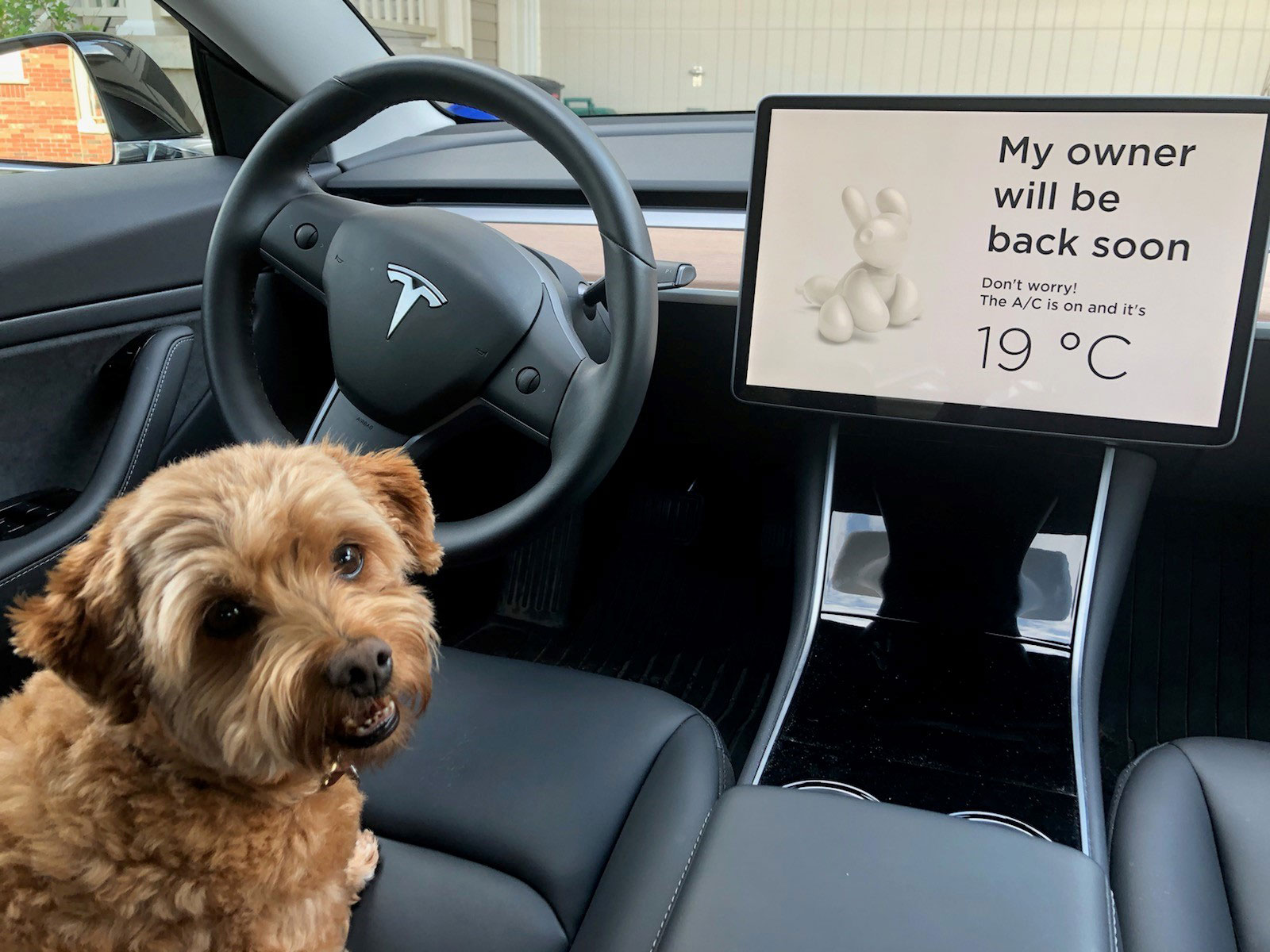No, it is impossible to have AC without a petrol engine. Some EVs have little butane tanks attached to allow you to heat the cars.
So people pay tens of thousands £s for a Tesla and have to sweat in the summer. EVs - a bad idea that gets worse.
No, it is impossible to have AC without a petrol engine. Some EVs have little butane tanks attached to allow you to heat the cars.
Sometimes I just can't resist.I think you missed something in IT Minions post...

What Norway is your friends from?Cold weather does hurt range but it's generally manageable, there's plenty of stuff about it if you're interested. Norway has a huge number of EVs and isn't known for its balmy tropical weather.
I saw something years ago about cars in ultra cold environments where shops have charging points by all parking spaces for heating blankets. They needed them to keep the engines warm enough that the oil didn't freeze.
I didn't mention any friends.What Norway is your friends from?
My friend is in a town where the smallest vehicle is a range rover 3.0 litre diesel.
They probably use them for bonfire so they can keep warm.I didn't mention any friends.
But Norway has around 50% BEV sales this year, add in plugin hybrids and I think they're something like 75%.
True, but you are an idiot.I would buy all prius on the market and burn them if I was rich....
Can't blame them really.
There will come a point where people will not be able to lift the connector cable. 10kg/m for something that can carry 500A?800V 350kW is available in the UK and the new "fastest" standard will be 600a 500kW soon enough. The practical limitation of this isn't the battery pack or degradation.
Does that change with active cooling? The 300kW Tesla chargers are water cooled.There will come a point where people will not be able to lift the connector cable. 10kg/m for something that can carry 500A?
There will come a point where people will not be able to lift the connector cable. 10kg/m for something that can carry 500A?
Here speaks the biggest c#nt of the internet calling people idiots.True, but you are an idiot.
